The LABEX has eight experimental laboratories, each of which is equipped differently and is used for experiments with different settings.
The laboratories are exclusively used for behavioral experiments and have a high occupancy rate, especially during the semester. It is thus recommended to make an early pre-reservations with the Lab Coordination team to ensure the availability of a timeslot for your experiment.
The following experimental laboratories are available to the School’s researchers:
LABEX Main Room (room 080.3)
Computer lab containing thirty-six PCs separated by space dividers. The Main Room is exclusively reserved for experiments.
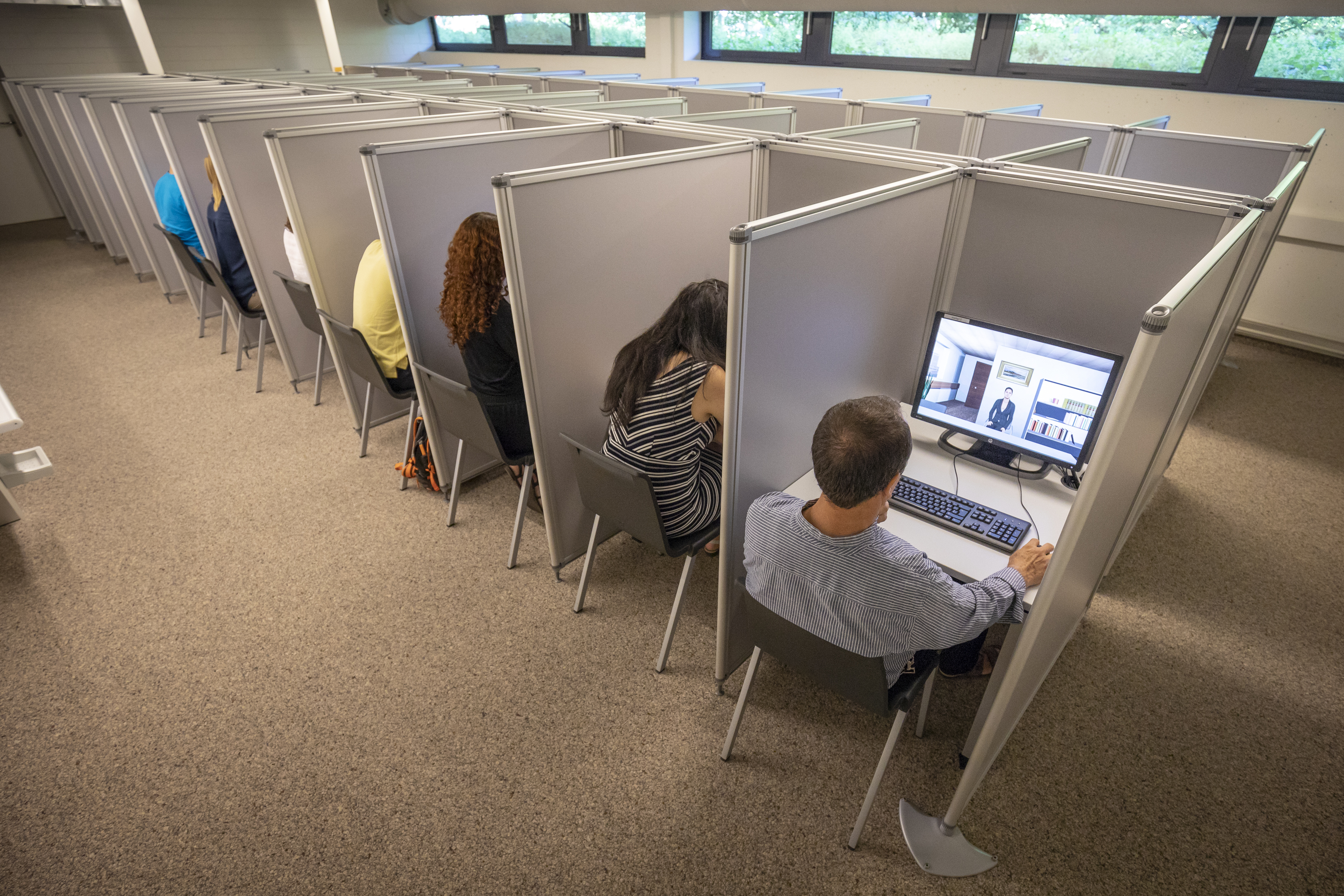
TOP ^
13Lab (room 095.1)
Computer lab containing thirteen small cubicles equipped with powerful PCs and separated by partition walls. A curtain system allows the isolation of participants. The 13Lab is ideal for experiments that require having thirteen or less participants at the same time in the same room.

TOP ^
8Lab (room 080.41)
Computer lab containing eight small cubicles equipped with powerful PCs and separated by partition walls. A curtain system allows the isolation of participants. The 8Lab is ideal for experiments that require having eight or less participants at the same time in the same room.
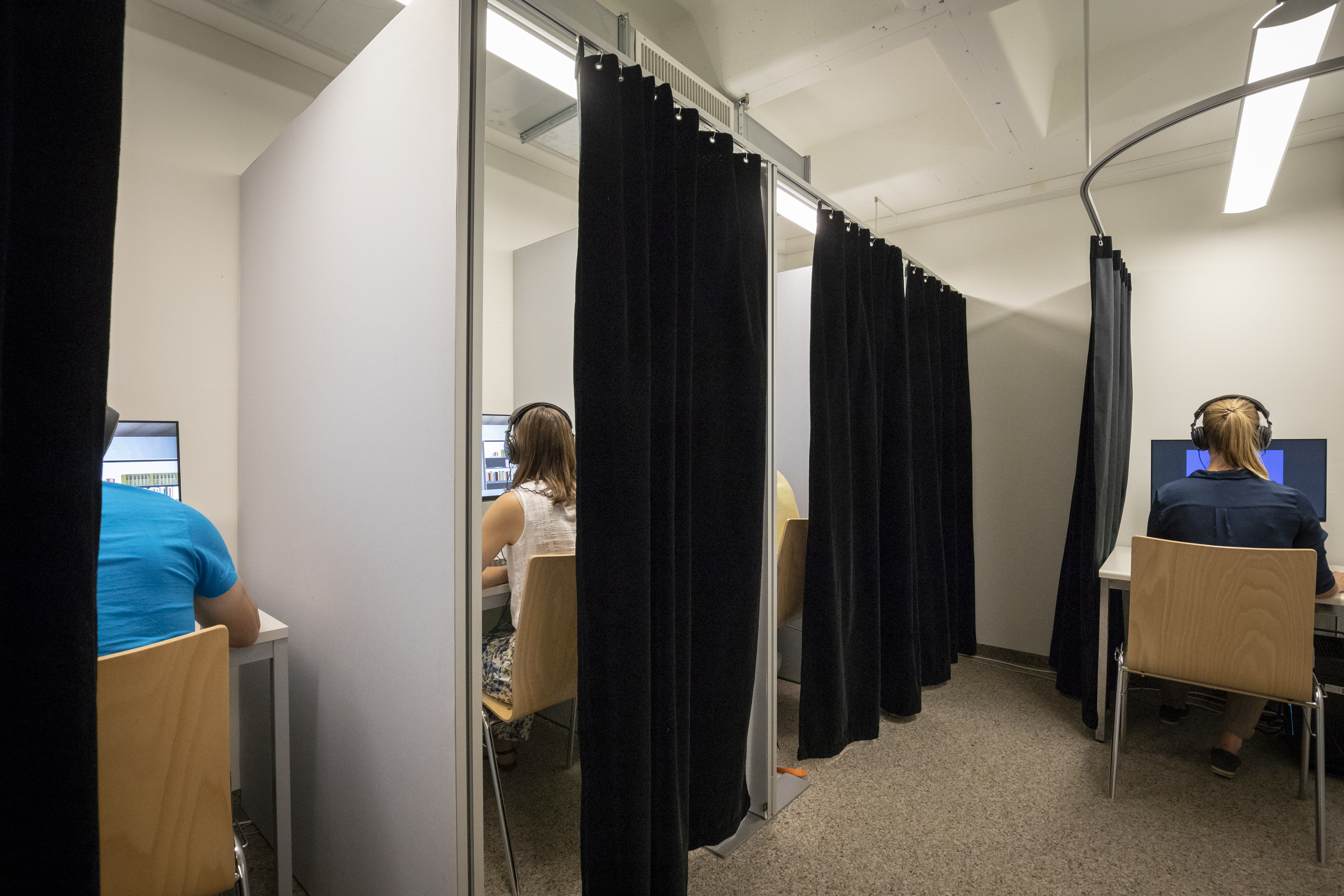
TOP ^
3Lab (room 080.14)
Three small computer rooms, each one equipped with a PC and closable with a door. Participants can be completely isolated from one another. The 3Lab boxes are ideal for experiments that require having three or less participants at the same time in the same experiment session.
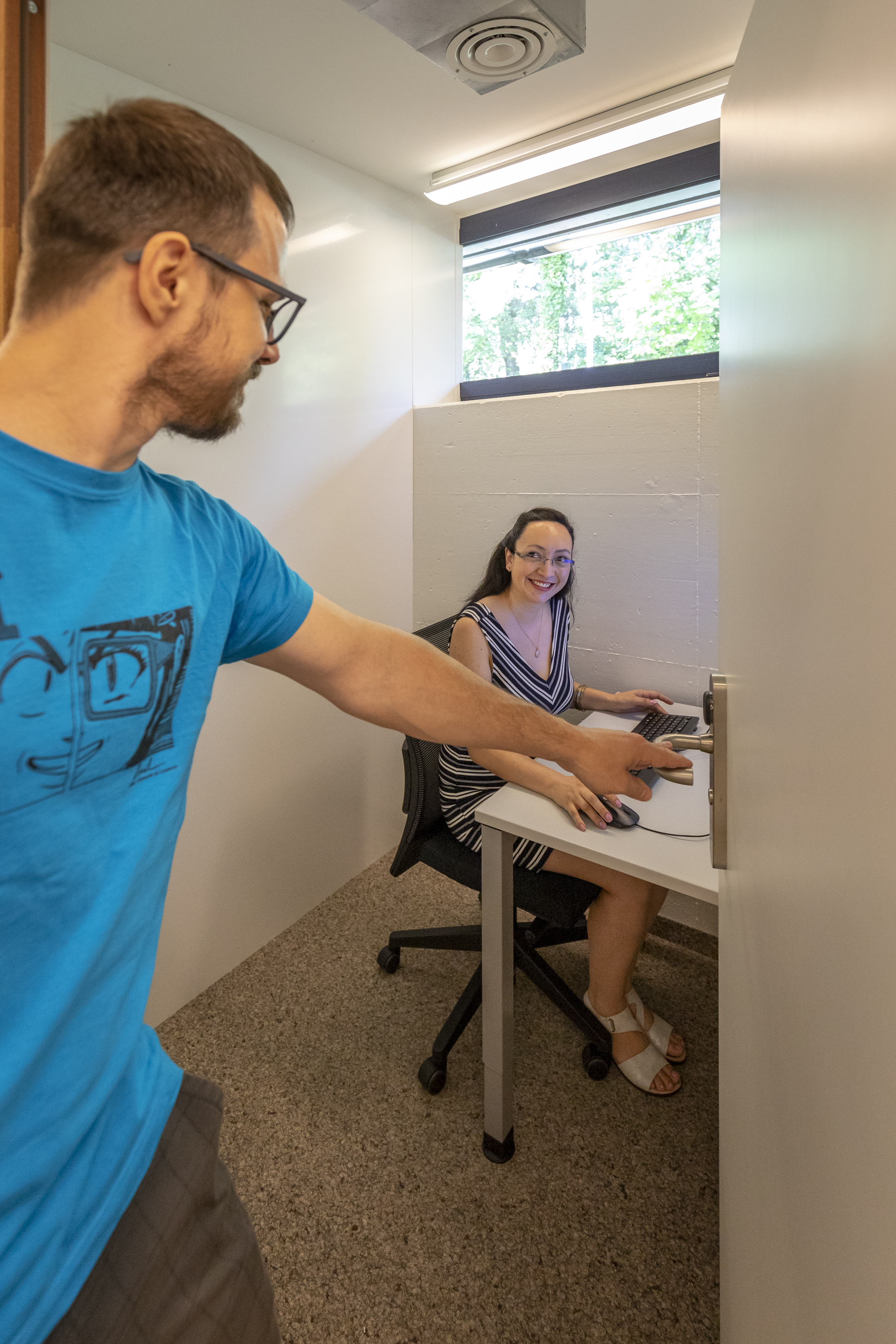
TOP ^
VRLab (room 095.2)
Room equipped to study human behavior in a simulated, virtual environment (Virtual Reality - VR). The equipment includes a PC, four infrared cameras and VR-goggles. A similar portable system allows running VR-experiments in another room. If you would like to run a virtual reality experiment and need help programming the experiment, you can get in touch with the LABEX IT team.
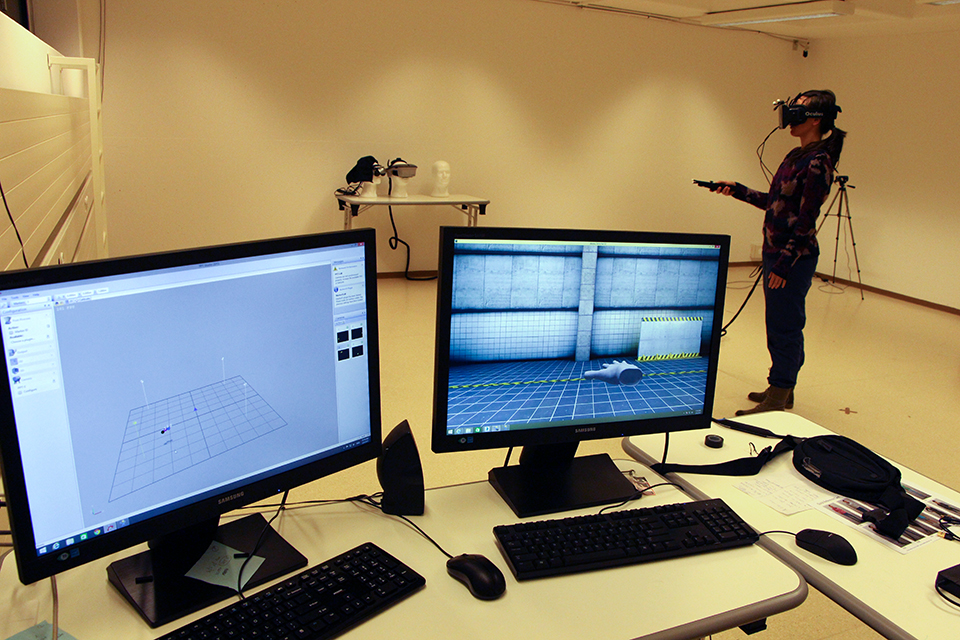
TOP ^
SocialSensing (room 095.5)
Room equipped with a voice recorder and a special software allowing to measure participants’ speaking time. The SocialSensing room can also be used as a back up to the VRLab to run virtual reality experiments.
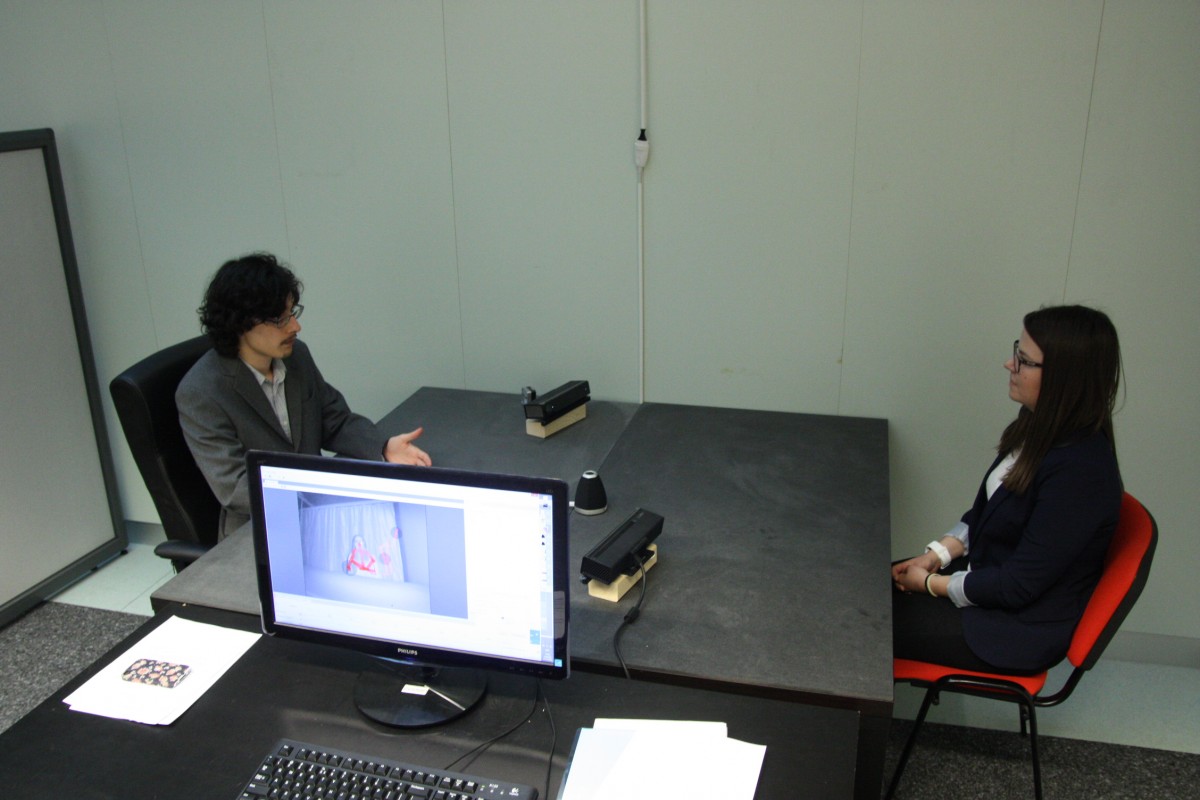
TOP ^
UX-Lab (room 235.1)
Room equipped to study consumer/ user experience (UX) for existing or new products and services. The equipment includes cameras and microphones capable of recording sessions, a computer with an eye tracking technology as well as a network technology that allows to live-stream sessions.
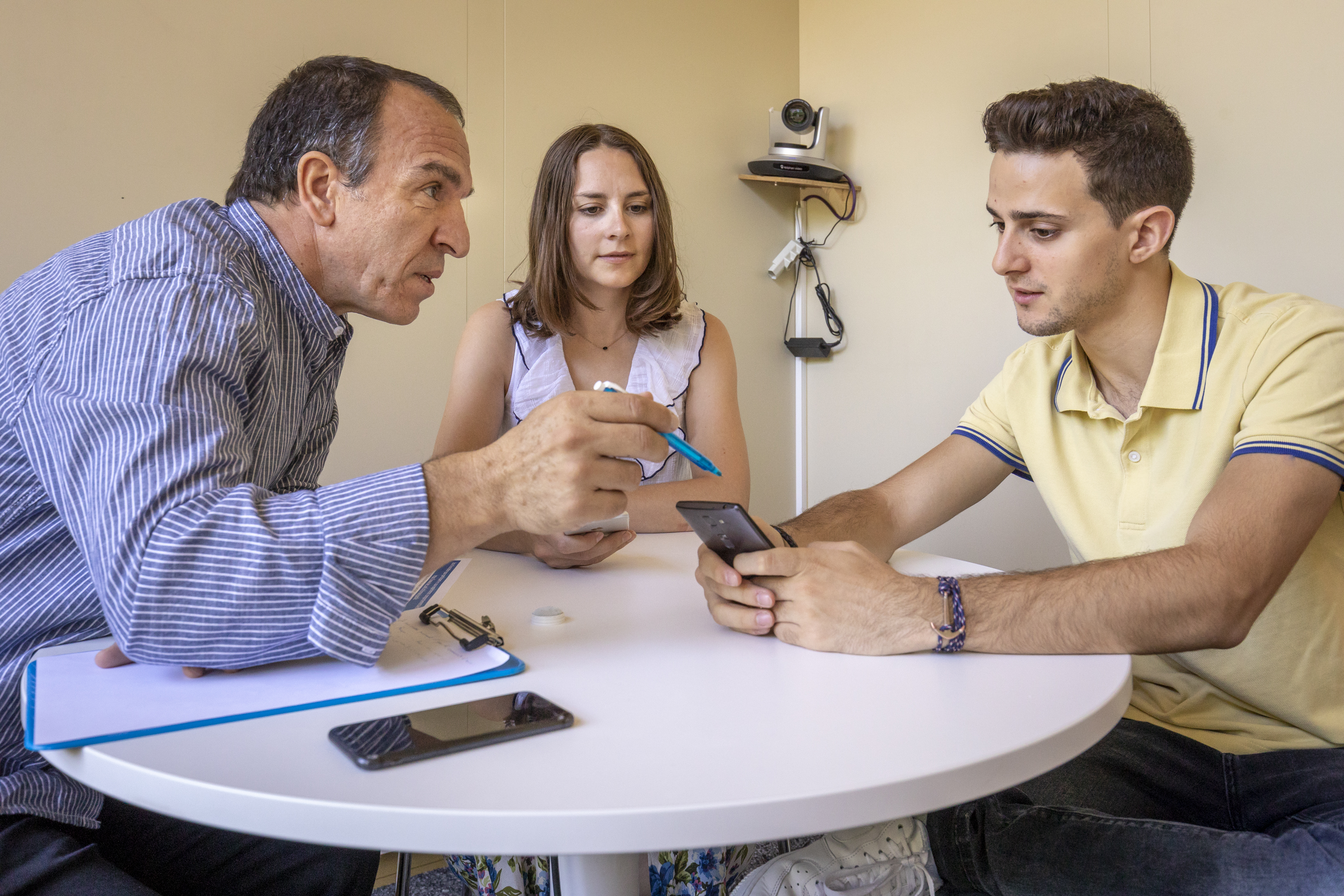
TOP ^
Neuroscience Box (room 080.11)
Three small rooms, each one equipped with a PC and closable with a door. Participants can be completely isolated from each other. These cubicles are especially earmarked for neuroscientific experiments. EEG/NIRS equipment is available on demand.

TOP ^
Other rooms
Other rooms can be made available on demand. For instance, the computer rooms of the CEI (ranging from seven up to fifty PCs per room) can be reserved for experiments under exceptional circumstances. Be aware that these rooms do not provide an ideal environment to conduct experiments (noise, possibility for participants to interact with one another, etc.). Outside class hours, it is also possible to reserve classrooms such as room ANT2012 in the Anthropole building. Classrooms are for instance suitable for experiments that do not need any PC equipment.
TOP ^












